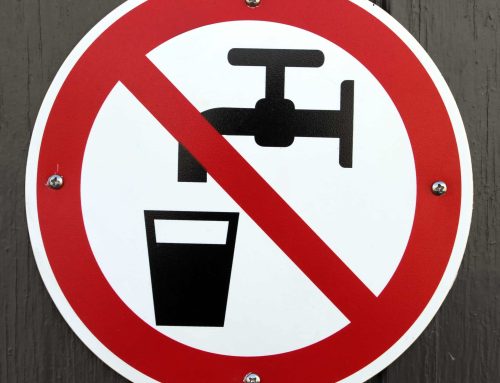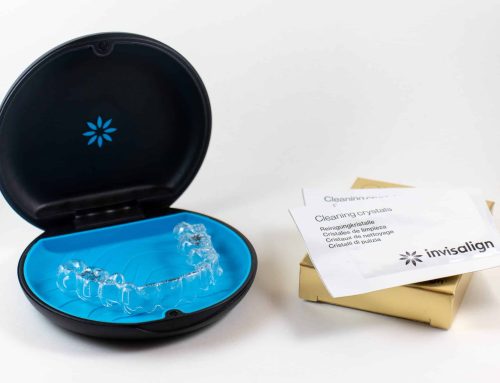In the final installment of our four-part series, we now concentrate on how poor oral hygiene – through systematic connection – can contribute to another very serious condition – heart disease. As you read on, we explain how having advanced gum disease (periodontitis) acts as the gateway between the initial bacteria development and the very dangerous condition of heart disease.
How Gum Disease Starts
The common denominator in the relationship between periodontitis and heart disease is the bacterium. It comes in hundreds of different types that can inhabit the oral cavity, some beneficial while others are quite harmful.
The more malevolent type cause havoc in your mouth, as they are attracted to sugars that remain from leftover food particles. As they feed, they grow into caustic agents that wear down the tissues in the mouth, lower the pH level and cause inflammation, all activities that create the type of environment for disease to grow in.
If the gum disease is not dealt with in its fledgling stages, it eventually morphs into full-blown periodontitis. Untreated, the infected blood in gums travels, carrying harmful inflammation with it.
How Periodontitis and Heart Disease are Related
As the infected blood travels down from the gums, the inflammation caused can become arterial plaque that causes blockages and inhibits the proper function of the heart. The blocked arteries can then develop into heart disease and can leave the person vulnerable to heart attack and stroke.
Again, we are fortunate to conclude that the problems outlined above can be prevented with proper attention directed to your oral care.
The Impact of Preventive Care
Your preventive care comes down to two very simple practices:
- Brushing and Flossing – When you consistently brush and floss your teeth, you’re providing the perfect one-two punch. The toothbrush allows you to agitate debris and bacteria that cling to your teeth, while dental floss can probe otherwise impossible areas. The combination of the two rid your mouth of the majority of the toxic bacteria that contribute to oral maladies.
- Visiting Your Dentist – What can’t be addressed through your oral hygiene efforts, will definitely be removed when you go in every six months for cleanings and checkups. Not only will debris be eradicated, leaving you with a healthier oral cavity, your dentist will also be able to spot any developing problems early on.
The final piece of the puzzle is to take action by reaching out to your Frisco dentist to schedule a preventive care visit. You’ll be able to leave her office confident that your overall health is in a better condition!
About the Author
For two decades, Dr. Jill Wade has been providing the absolute best in dental care. Furthermore, this graduate of Baylor University is highly effective at encouraging patients to see their oral health from a more holistic standpoint, which then contributes to them experiencing better total wellness. Dr. Wade practices at Stonebriar Smile Design and can be reached for more information through her website.




